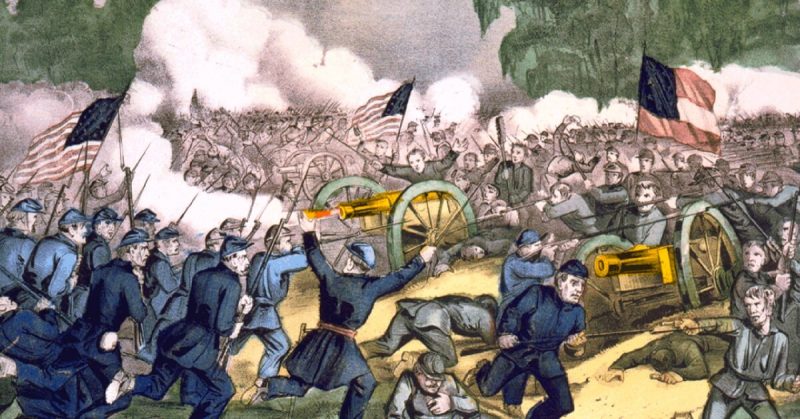According to the Civil War Sites Advisory Commission (CWSA), the many battles fought during the American Civil War can be categorized according to how significant they were to the overall outcome of the war.
This is useful as it helps archaeological and preservation organizations understand the importance of specific battle sites and artifacts. The CWSA defines four categories of battle:
A – Decisive: key battles which had a direct impact on the outcome of the war.
B – Major: although less crucial these still had a strong influence on the outcome.
C – Formative: often involved smaller units and detachments rather than whole armies. Although they were significant, their impact was less important.
D – Limited: small battles with little impact on the outcome.
Here are five of the most famous “A list” battles, each of which had a decisive effect on the outcome of the conflict:
Battle of Fort Sumter: April 12–14, 1861 – South Carolina
This was one of the most significant as it was the opening battle, and an important victory for the Confederates.
On April 12, 1861, the US Army had a garrison stationed at Fort Sumter in South Carolina. They found themselves under heavy attack from the Confederates. The tension had been building for weeks as the newly formed Confederate Army led by Pierre Gustave Toutant-Beauregard began to close in on the Fort.
Their objective was to cut off vital supplies to the Union Army, and in this they were successful. The Confederates held their position with artillery fire. They made use of the harbor surrounding the Fort which provided an excellent site to launch their attack. When it became apparent the US Army could not continue to defend their territory, they surrendered.
Amazingly, there were no injuries on either side during the battle. Ironically, however, two soldiers were killed as the result of a gun explosion during the surrender ceremony.
First Battle of Bull Run: July 21, 1861 – Virginia
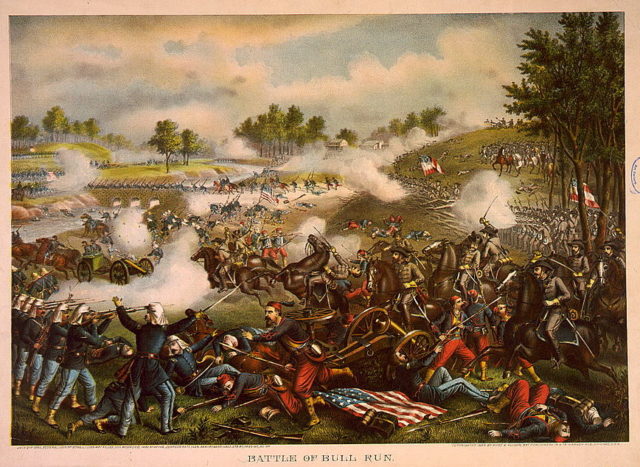
Also known as the Battle of Manassas this took place near Manassas in Prince William County, Virginia. The battle centered on the railroad. Both sides knew control of the railroads was vital. Securing them would allow reinforcements to be brought in and ensure supplies of provisions for their troops. On this occasion, however, the railroad let the Union side down.
As the Union Army waited for more troops to arrive the Confederates were able to make their move. They had already made their way along the creek and were lying in wait at Bull Run. The Union soldiers were greatly outnumbered and outgunned. By the time Union reinforcements arrived, the Confederates had the upper hand. They were well on their way to their second major victory of the war.
Battle of Island Number Ten – aka Battle of New Madrid: February 28 – April 8, 1862 – Missouri
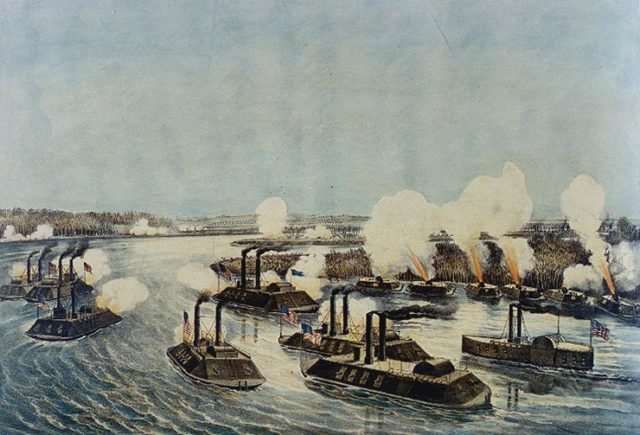
Following the surrender of Forts Henry and Donelson in February of 1862, the Confederates, led by John P. McCowan, chose to head towards Island Number Ten. From there they would set up camp to defend their position along the banks of the Mississippi River. This was important strategically as it prevented the Union troops from reaching the South.
The Union Army was meanwhile heading towards nearby New Madrid which had been taken by the Confederates.
After a day of fierce fighting, the Confederates decided to cut their losses. They evacuated New Madrid and joined the rest of the Confederates stationed at Island Number Ten.
Shortly afterward Union reinforcements arrived by sea. Having established their stronghold at New Madrid, the Union pushed ahead to the Mississippi to defeat the Confederates again. The Confederates were forced to surrender Island number Ten on April 8, 1968.
Battle of Gettysburg: July 1–3, 1863 – Pennsylvania
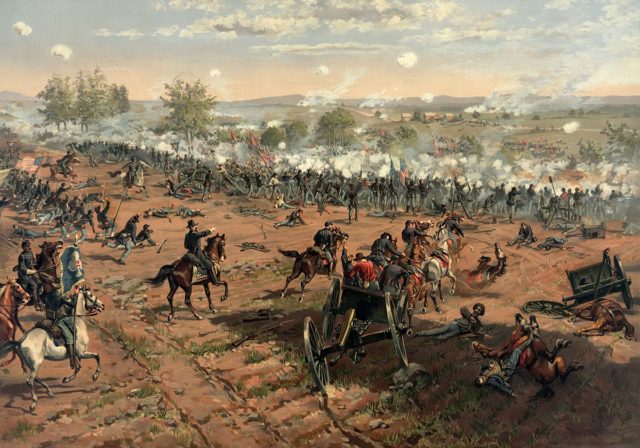
Perhaps one of the best-known battles of the civil war, it was also one of the longest and happened almost by chance.
It began when the Confederates unexpectedly came across a group of Union Soldiers in Gettysburg, Pennsylvania. The Confederates attacked.
Despite their initial disadvantage, due to finding themselves suddenly under attack, Union troops managed to gain ground and call in reinforcements.
On the third day of fighting the Confederates launched what they hoped would be a decisive infantry charge. On the morning of July 3, they sent 12,500 men to attack the Union troops on the Cemetery Line. The Union fought back with rifles and artillery and managed to defeat the Confederates, inflicting heavy losses.
This was a significant victory and a turning point in the Union’s success. It also marked the end of Robert E Lee’s attempts to gain ground in the North.
Battle of Appomattox Court House: April 9, 1865 – Virginia
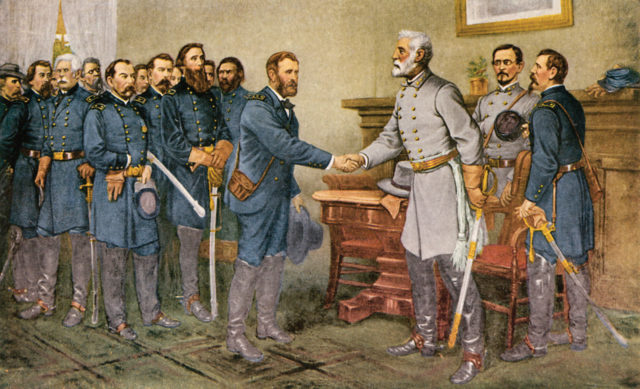
This battle was perhaps most significant of all as it was Lee’s last battle before he surrendered to the Union army led by Lt General Ulysses Grant.
After Lee had been driven out of Petersburg, he headed for Amelia hoping to restock and prepare for future battles.
On arriving at Amelia, however, he discovered there were no provisions to be found. From there his men continued towards Appomattox where he knew supplies were due to be delivered soon by railroad. However, he was not aware Union troops had already destroyed the trains heading towards Appomattox with his supplies.
Lee knew the Union army was closing in and he had to find an alternative place to take his troops. The Confederates began moving towards Lynchburg, but they were soon driven back.
A few days previously Grant had sent Lee a note suggesting he should surrender. Lee had refused and chose to carry on fighting.
However, by the morning of April 9, it was apparent there was no hope of success for Lee and his men, so he surrendered.
Following the news of Lee’s defeat, and perhaps disheartened, many Confederate soldiers around the country also surrendered.
Although a few skirmishes followed, the Battle of Appomattox Court House was the last major battle and heralded the Union’s victory in the war.
